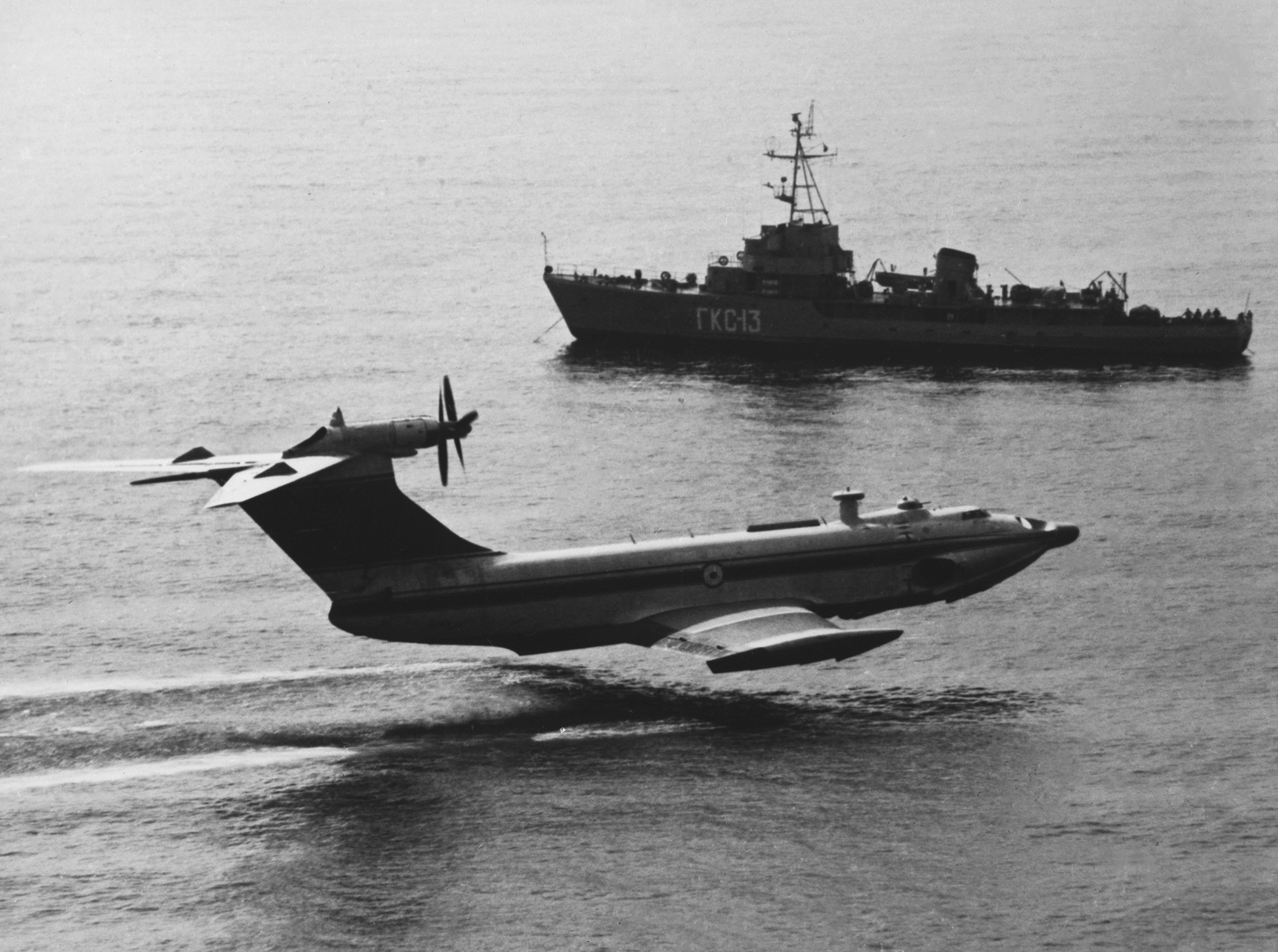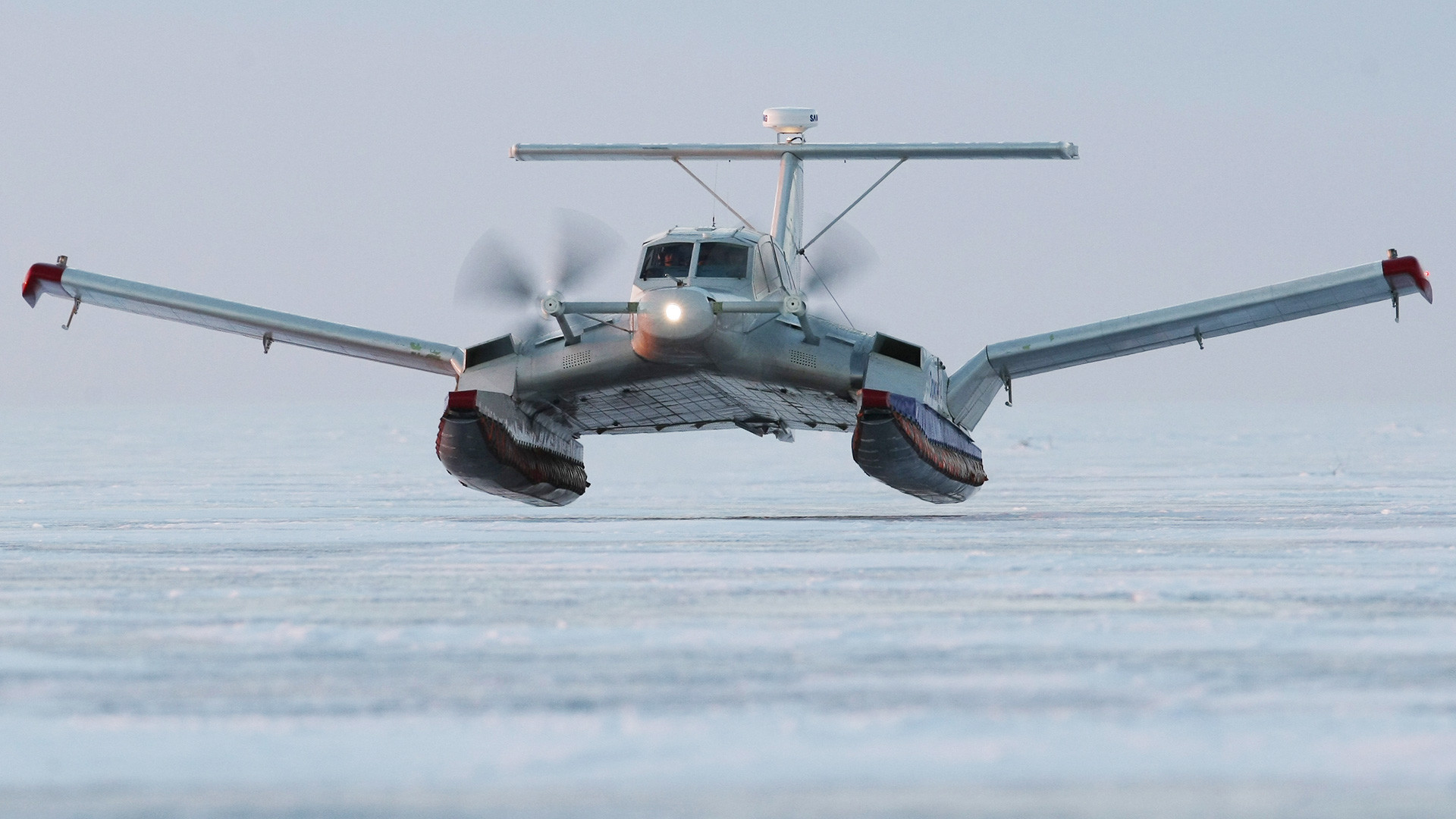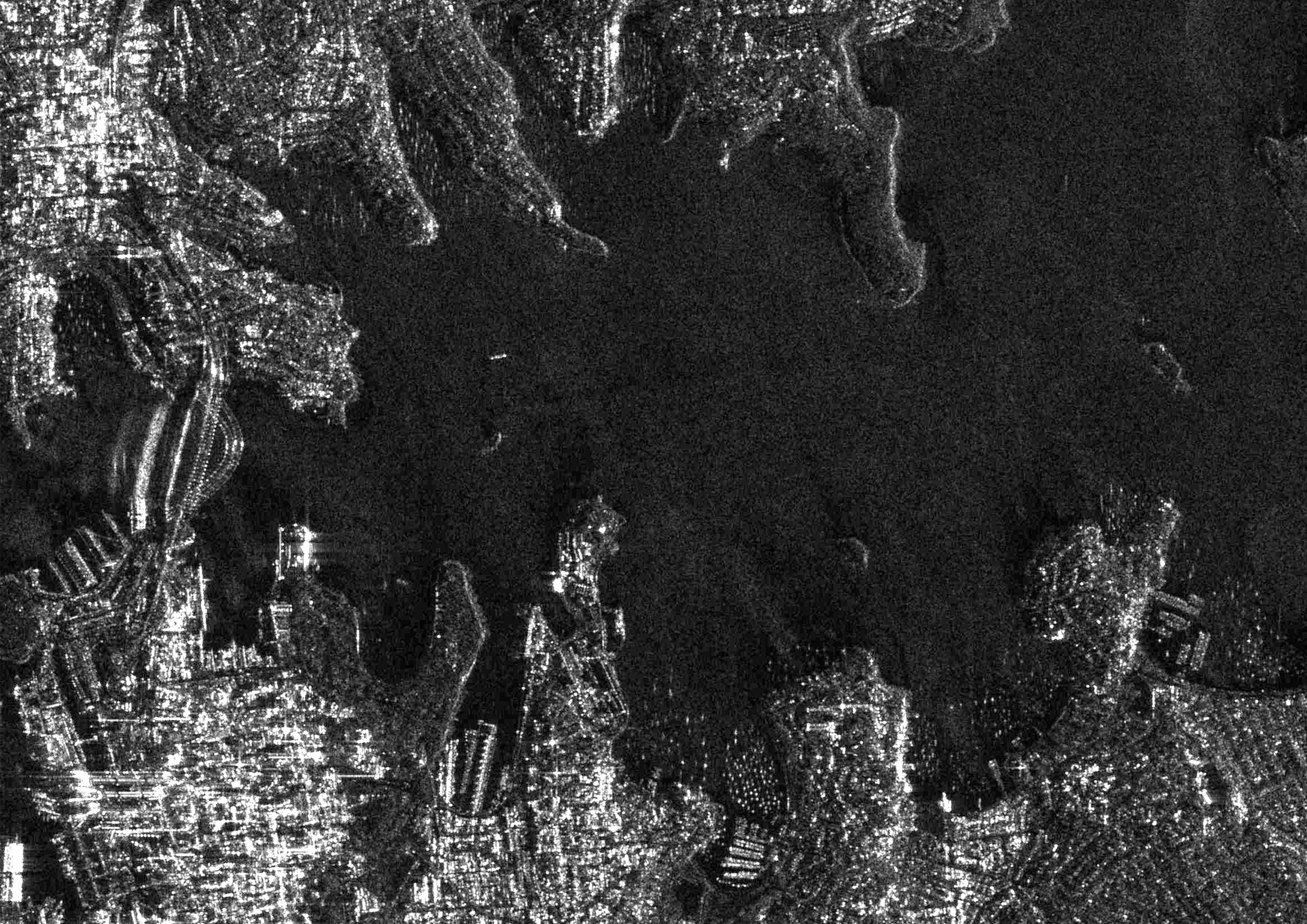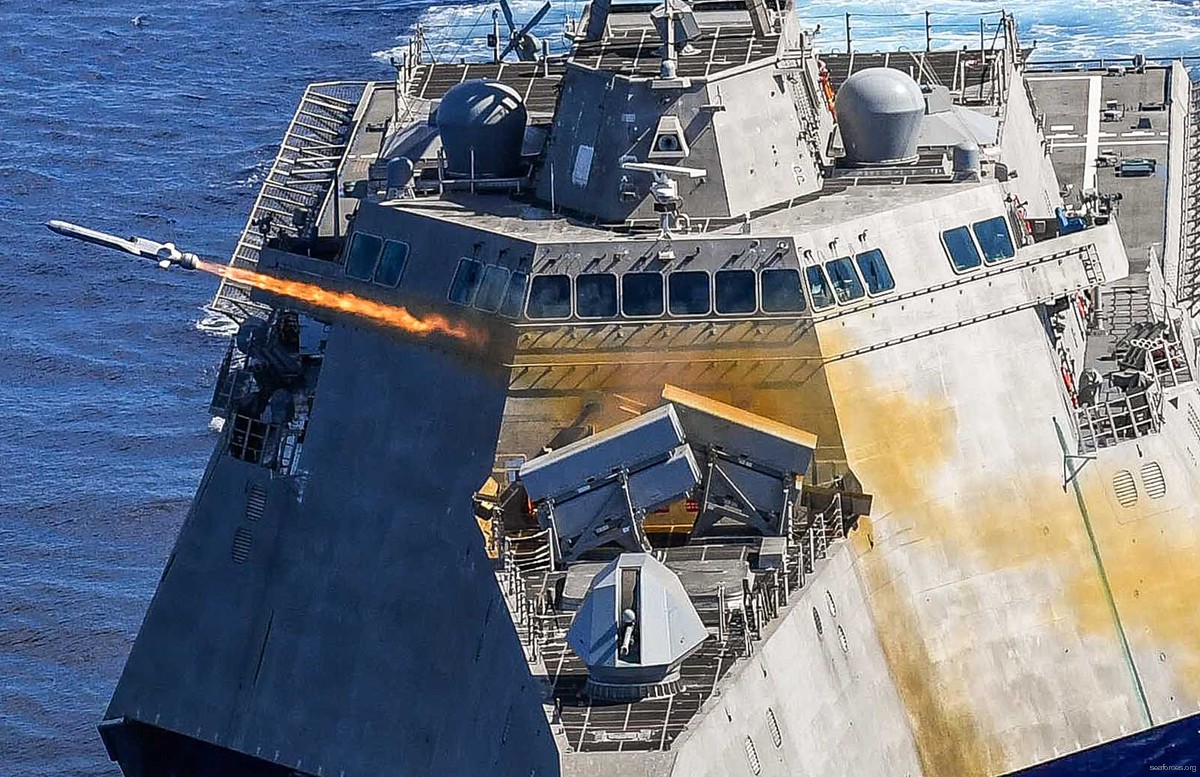That's exactly I wanted to know. How important is RCS at 150m - 200m height.
Ekranoplan's have to be shaped a certain way so as to generate the necessary ground effect and that low on the deck means they'll be subjected to heavy air, sea spray and corrosive salts more readily then a high-flying aircraft, so RAM coatings would require far too much maintenance. Stealth for a large ekranoplan just isn't feasible.
A Class A ekranoplan, one that is designed solely for ground-effect travel, is basically a winged boat. Class B can travel up to an altitude of roughly 10,000 meters, but are still shaped according to ground-effect principles.


As for how necessary RCS reductions are, keep in mind that small, low flying cruise missiles are now easily detectable for modern militaries. Recall the firings by Yemeni militants against the united states. These Iranian C-802 missiles, fire across multiple days during three separate events, fly at around 15 meters. They gutted HSV-2 Swift, a civilian transport with no support infrastructure or defences. But against the US Navy's Burke class destroyers all were detected and destroyed before they could reach american vessels. How where these detected despite their low flight path and small RCS?
Modern maritime sensors are optimized to pick up small contacts at distance. Their sensitivity means anti-ship and cruise missiles coming low over the horizon aren't the threat they used to be. Backing up the radars are MPAs with powerful SAR and ISAR radars which aren't fooled by ground clutter or refraction from sea spray or ocean reflectivity and can even see through solid objects like camo netting. Both the P-8I and P-3C of the IN and PN respectively have radars like this which provide support for battegroups.

MPAs also have electro-optical pods and IIR tracking systems. The P-3 for instance has a retractable electro-optical pod under its radar in the aircraft's nose.

Many ships also have electro-optical sensors for CWIS guidance, but also for target identification and tracking. On this Burke class destroyer it's atop the tower forward of the illumination radar.

Electronic warfare systems can pick up signals from active or semi-active homing radars.



Small VTOL UAVs are being trialed to augment the radar coverage of individual ships or battlegroups.

Modern naval ships have very robust support systems to allow them to see beyond the range of their radar's horizon limitations.
Low-flying, all-aspect stealth missiles like NSM that are intelligent and can pick where, when and how to attack a target are a better bet then a large ground-effect craft that'd easily be ID by ocean surveillance satellites and MPAs.

The Soviet KM ekranoplan, first of its kind, was detected by American satellites. It took them years to figure out what the KM was, but just days to find and track it as it traversed the Caspian Sea.
RCS doesn't matter. Modern sensors are too powerful and too ubiquitous for something like an Ekranoplan to go unnoticed.
Last edited:



